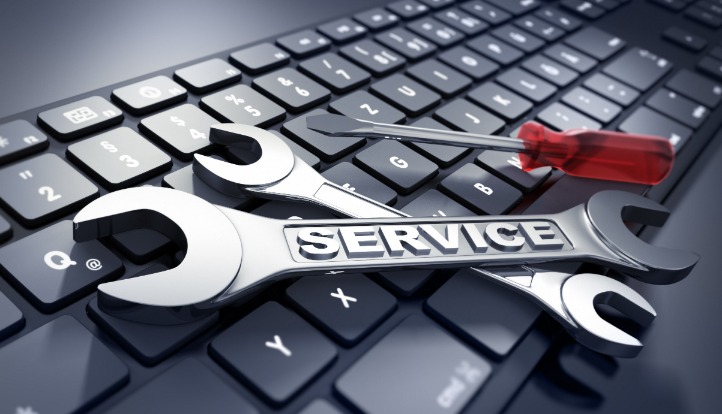WordPress is a powerful platform used by millions of websites, but it isn’t without its flaws. When problems arise, implementing a WordPress fix becomes essential. This guide covers the most effective ways to resolve common WordPress issues.
Common Issues and Their Fixes
1. White Screen of Death
The White Screen of Death can be terrifying, but there are several methods to resolve it:
- Disable Plugins: Access your hosting control panel and navigate to the file manager. Rename the plugins folder to something like “plugins_backup” to see if it resolves the issue.
- Switch to a Default Theme: Rename your current theme folder in the file manager and WordPress will revert to a default theme.
- Increase Memory Limit: Add
define('WP_MEMORY_LIMIT', '64M');to your wp-config.php file.
2. Internal Server Error
To solve internal server errors, try these methods:
- Check .htaccess File: Rename your .htaccess file to .htaccess_backup and refresh your browser.
- Increase PHP Memory Limit: Edit your wp-config.php file to increase the memory limit.
- Re-upload Core Files: Download a fresh copy of WordPress and upload the wp-admin and wp-includes folders.
3. Error Establishing a Database Connection
This issue often arises from database configuration problems:
- Check Database Credentials: Ensure that your database username, password, and host in the wp-config.php file match your database details.
- Repair Database: Add
define('WP_ALLOW_REPAIR', true);in your wp-config.php and visithttp://yoursite.com/wp-admin/maint/repair.php.
FAQs About WordPress Fixes
- Why is my WordPress site slow?
- WordPress fix: Slow sites can be optimized by caching, reducing image sizes, and minimizing the use of external scripts and heavy plugins.
- How do I troubleshoot plugin issues?
- WordPress fix: Disable all plugins and reactivate them one by one to identify the culprit. Always keep plugins updated.
- What should I do if I’m locked out of the admin area?
- WordPress fix: Use FTP or your hosting control panel to rename the plugins folder, and access your site. Enable plugins one at a time to identify the issue.
If you’re experiencing issues with WordPress, the steps and techniques mentioned should help you find a solution. Bookmark this guide and revisit it whenever you face any problems that need a WordPress fix.
Read more about wordpress fix here.



